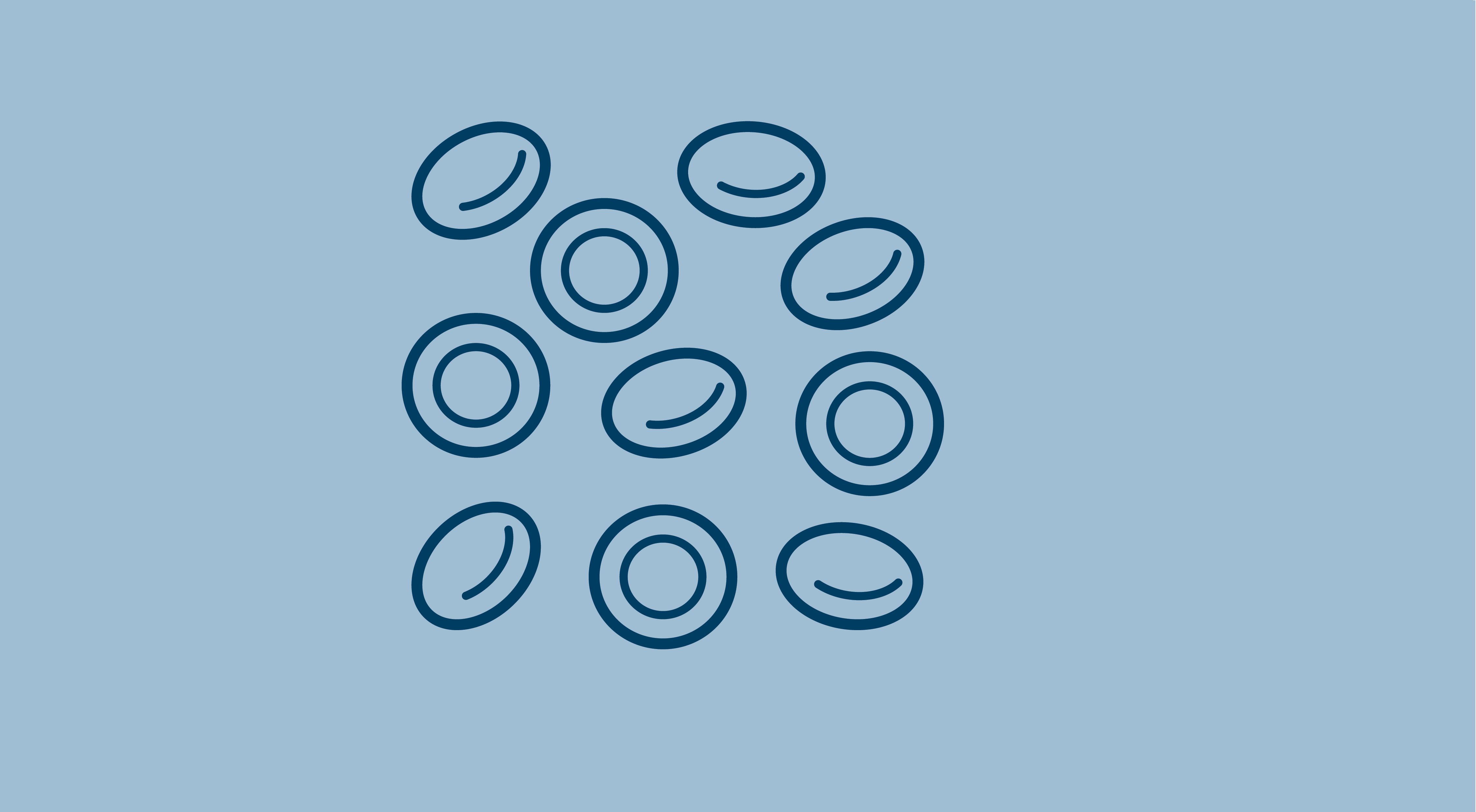Ropeginterferon Alfa-2b Listed in NCCN Guidelines as A Preferred Polycythemia Vera Treatment
Updated National Comprehensive Cancer Network guidelines recommend ropeginterferon alfa-2b for patients with polycythemia vera.
Ropeginterferon Alfa-2b Listed in NCCN Guidelines as A Preferred Polycythemia Vera Treatment

Updated National Comprehensive Cancer Network (NCCN) Clinical Practice Guidelines in Oncology now list ropeginterferon alfa-2b-njft (Besremi) as a preferred treatment option for patients with high- and low-risk polycythemia vera (PV), irrespective of treatment history. This revision was granted 2A status, which indicated that there was a uniform consensus from the NCCN that this is an appropriate treatment.1
The National Comprehensive Cancer Network (NCCN) Clinical Practice Guidelines in Oncology have been revised to include ropeginterferon alfa-2b-njft (Besremi) as a preferred treatment option for patients with high- and low-risk polycythemia vera (PV), irrespective of treatment history.1 The revision, which was released on May 19, 2023, also granted the agent category 2A status, indicating uniform consensus from the NCCN that the treatment is appropriate.
“Importantly, the NCCN Guidelines update includes moving ropeginterferon alfa-2b to preferred status, reinforcing to treating physicians and patients that with its broad utility, ropeginterferon alfa-2b is recommended for proactively treating PV,” John Mascarenhas, MD, professor of medicine, hematology, and medical oncology at the Icahn School of Medicine at Mount Sinai in New York, New York, said in a press release.
In November 2021, the FDA approved ropeginterfeon alfa-2b for the treatment of patients with PV based on data from the phase 1/2 PEGINVERA (NCT01193699) and PROUD/CONTINUATION-PV trials.2 In terms of efficacy, 61% of patients experienced complete hematologic response with the agent after 7.5 years of treatment. Additionally, most patients (80%) achieved hematological response.
In the combined safety population of patients treated with ropeginterferon alfa-2b, the most frequent adverse effects (AEs) included influenza-like illness, arthralgia, fatigue, pruritis, nasopharyngitis, and musculoskeletal pain. Serious AEs included urinary tract infection, transient ischemic attack, and depression.
Additional long-term data from the phase 3 PROUD-PV (NCT01949805) and CONTINUATION-PV (NCT02218047) trials, presented at the 2022 EHA Congress, indicated that treatment with ropeginterferon alfa-2b led to low symptom burden and low phlebotomy requirement compared with best available treatment in patients with PV.3
Specifically, symptoms defined in the Myeloproliferative Neoplasm Symptom Assessment Form (MPN-SAF) were lower in the sixth year of treatment compared with the first year from week 4, for fatigue, early satiety, abdominal discomfort, inactivity, itching, and fevers. Overall, 15.7% of patients who received ropeginterferon alfa-2b reported disease-related symptoms during the sixth year of treatment compared with 20.7% of patients in the control arm.
Additionally, in the sixth year of treatment, 81.4% patients in the experimental arm required no phlebotomies compared with 60% of patients in the control arm (P = .005).
“This recent update to treatment guidelines by NCCN represents the community’s recognition of the value of ropeginterferon alfa-2b as a therapeutic option for all adults with PV, regardless of their treatment history,” Raymond Urbanski, MD, PhD, US head of Clinical Development and Medical Affairs, said. “Given its deep, durable control over the disease beyond the symptoms, we’re continuing to study ropeginterferon alfa-2b in PV, as well as other myeloproliferative neoplasms and hematologic malignancies.”
Ropeginterferon interferon alfa-2b is under continued study in patients with PV in the phase 3b ECLIPSE PV trial (NCT05481151). Eligible patients are being randomly assigned to an accelerated dosing schedule for ropeginterferon alfa-2b compared with the current labeled dosing for the agent.4 The primary end point of the study is the proportion of patients achieving a complete hematologic response at 24 weeks of treatment, defined as hematocrit below 45% for at least 3 months since last phlebotomy, platelets not exceeding 400 x 109/L, and leukocytes of 10 x 109/L or below.
References
- NCCN Clinical Practice Guidelines in Oncology updated to recommend Besremi® (ropeginterferon alfa-2b-njft) as a preferred intervention for polycythemia vera. News release. PharmaEssentia USA Corporation. May 23, 2023. Accessed May 24, 2023. https://us.pharmaessentia.com/wp-content/uploads/2023/05/NCCN_Guidelines_Update_Press_Release_May-23-2023.pdf
- US FDA approves Besremi (ropeginterferon alfa-2b-njft) as the only interferon for adults with polycythemia vera. News release. PharmaEssentia Corporation. November 12, 2021. Accessed May 24, 2023. https://us.pharmaessentia.com/wp-content/uploads/2021/11/BESREMi-FDA-Approval-November-12-2021.pdf
- Gisslinger H, Klade C, Georgiev P, et al. Ropeginterferon alfa-2b achieves patient-specific treatment goals in polycythemia vera: final results from the PROUD-PV/CONTINUATION-PV studies. Presented at: 2022 EHA Congress; June 9-12, 2022. Vienna, Austria. Abstract S196.
- PharmaEssentia initiates phase 3b trial of ropeginterferon alfa-2b-njft investigating new dosing regimen for patients with polycythemia vera (PV). News release. May 3, 2023. Accessed May 24, 2023. https://us.pharmaessentia.com/wp-content/uploads/2023/05/ECLIPSE-PV_Initiation_Press_Release_May-3-2023-1.pdf
Shared Model of Care Post-HCT Offers Safe Follow-Up, Reduces Patient Burden
Published: March 19th 2025 | Updated: March 19th 2025Alternating post-HCT care between specialized facilities and local cancer centers produced noninferior non-relapse mortality and similar quality of life to usual care.


